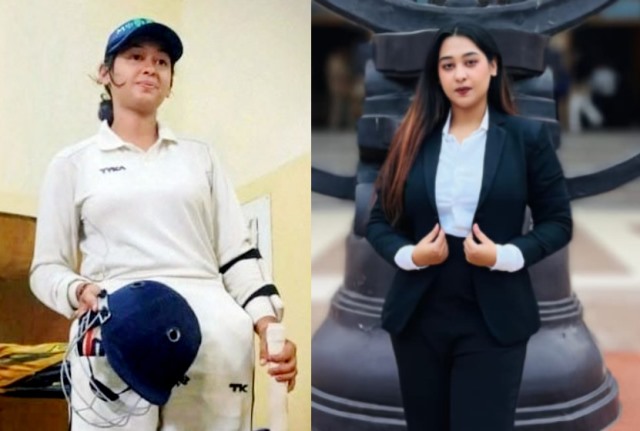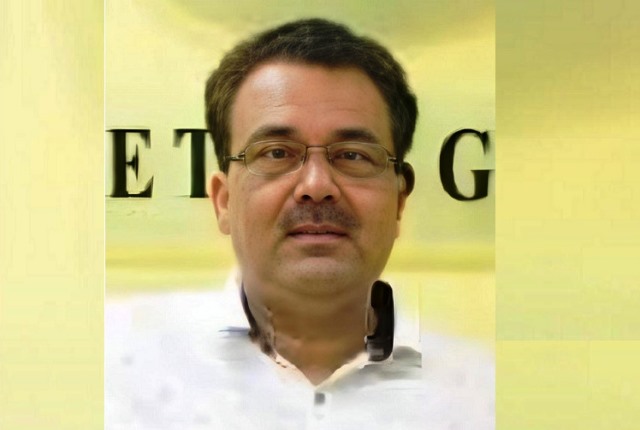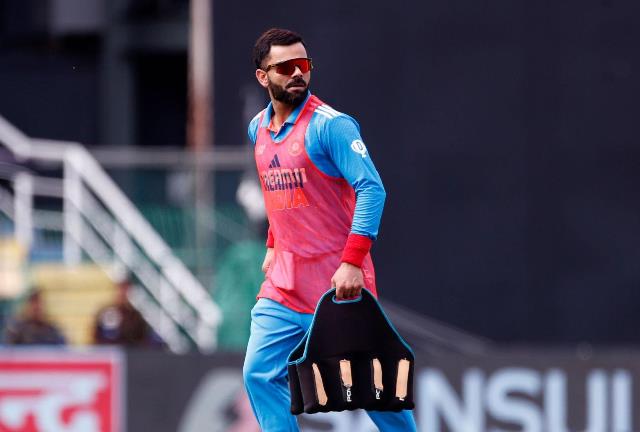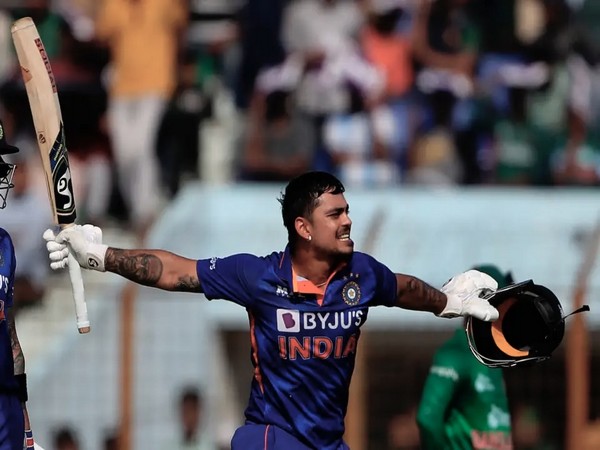Shwetanjali Verma, a former club cricketer and Law intern in Lucknow, says lifting the ICC World Cup was made possible by years of investment, sports reforms and mega BCCI push. Her views:
Statistics speak for themselves. While our Women Team India put up an all-round show throughout the tournament, they also had ample support from the cricket enthusiasts across the country. Around 50,000 people watched the electrifying final match live in the DY Patil Stadium, while over 190 million viewers witnessed the historic event at various streaming platforms. A decade ago, this would be called a figment of our imagination. This was Women Cricket’s Chak De moment and the entire India was cheering for it.
But this was a long journey and, as a cricketer myself, I saw it unfolding amid challenges that ranged from mindset to infrastructure. The last decade has been particularly eventful as our players, their support ecosystem, our cricket board and the sponsors put their act together. Above all, of course, it is the diehard spirit of our women athletes that sealed the destiny which now beckons sports enthusiasts to set their eye on the Blue Jersey.
There have been several turning points in the journey of women cricket that led us to Team Harmanpreet lift the coveted World Cup Trophy. I would consider the Women Premier League, which started two years back, as a major landmark. This widened the women’s cricket for smaller players and pretty lucratively so. The WPL created a new, stable and financial ecosystem which enabled uncapped domestic players secure contracts and provided them a life-changing environment. On ground, the event exposed players to a high-pressure, world-class competitive experience.
ALSO READ: ‘A Woman Footballer Still Freaks Many People’
The result is for everyone to see. We broadened our talent pool and were spoiled for choice as the Team Eleven. It gave a fighting temperament in a high-octane competition. The stupendous performances by the player brought home a wider audience and eventually better broadcast deals and packed stadiums. The combination of big sponsors and high viewership repositioned women’s cricket as a prime-time entertainment event. This combination of financial backing and structural opportunity has fundamentally changed the sport’s future. Now women sports enthusiasts can choose cricket as a dependable career.
There were other factors too: like ICC and the Indian cricket board which encouraged women’s cricket and treated it as a “development project”. The 2025 Women’s CWC prize fee was a whopping $13.88 million, a staggering 297% increase from the 2022 tournament.
To put this in perspective, it’s more than the $4 million prize for the men’s 2023 World Cup. In addition, the BCCI has been arguably the most aggressive and effective in transforming the game. In a foundational move, the BCCI instituted pay parity, ensuring that contracted female players earn the same match fees as their male counterparts. Not to forget, following the win, the BCCI announced a ₹510-crore cash reward for the entire contingent, a clear sign of the immense value placed on their achievement.
Just a decade ago, a girl like me choosing cricket as a full time career faced an uncertain future. Today, it is a viable, high-prestige and well-paying professional choice. On a lighter note, when young girls and their parents see players becoming crorepatis and national heroes, it inspires an entire generation to pad up for the sport. Academies have already begun to see a surge in female enrolment, ensuring a strong talent pipeline for years to come. Amen!
As told to Rajat Rai







